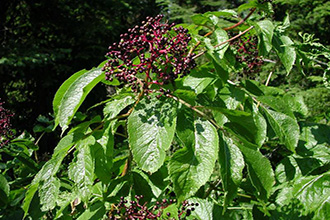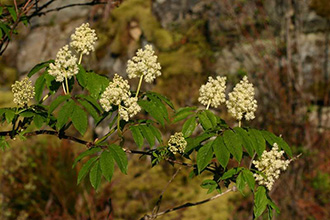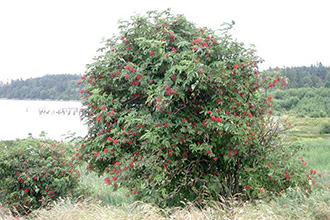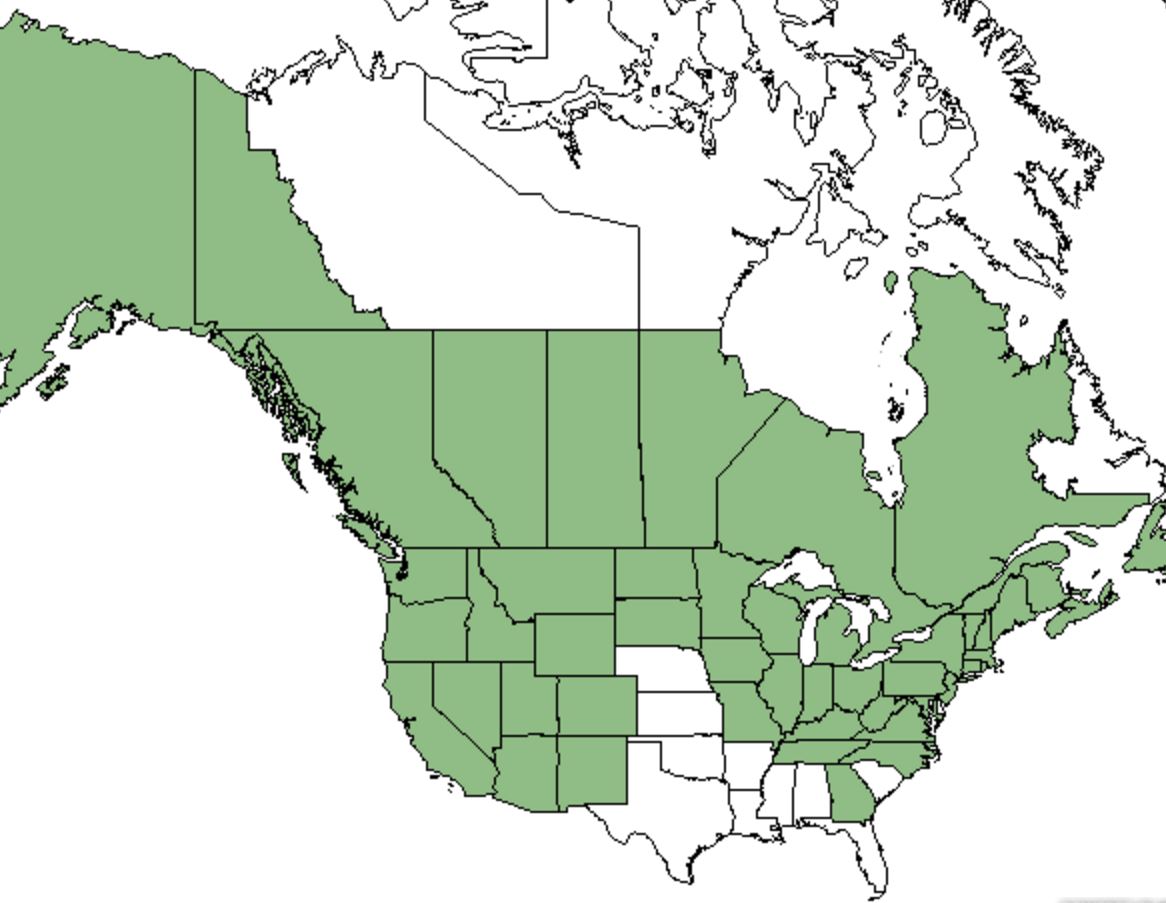Taxonomy: Kingdom - Plantae (plants). Subkingdom - Tracheobionta (vascular plants). Superdivision - Spermatophyta (seed plants). Division - Magnoliophyta (flowering plants). Class - Magnoliopsida (dicotyledons). Subclass - Asteridae. Order - Dipsacales. Family - Adoxaceae (muskroot). Genus - Sambucus L. Species - Sambucus racemosa L
Ecology: Red elderberry prefers open sites but tolerates shade. Red elderberry is most common in early seral communities but may occur in all stages of succession. Red elderberry commonly establishes in canopy gaps within mature forests.



